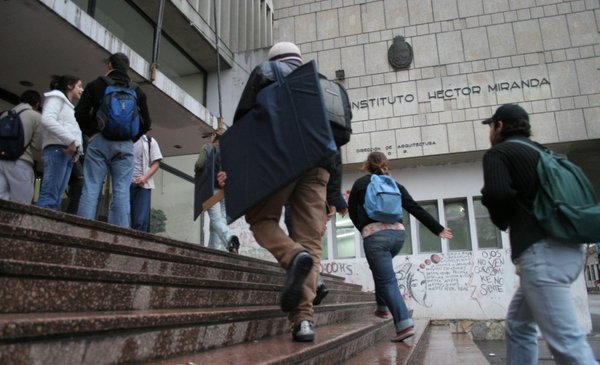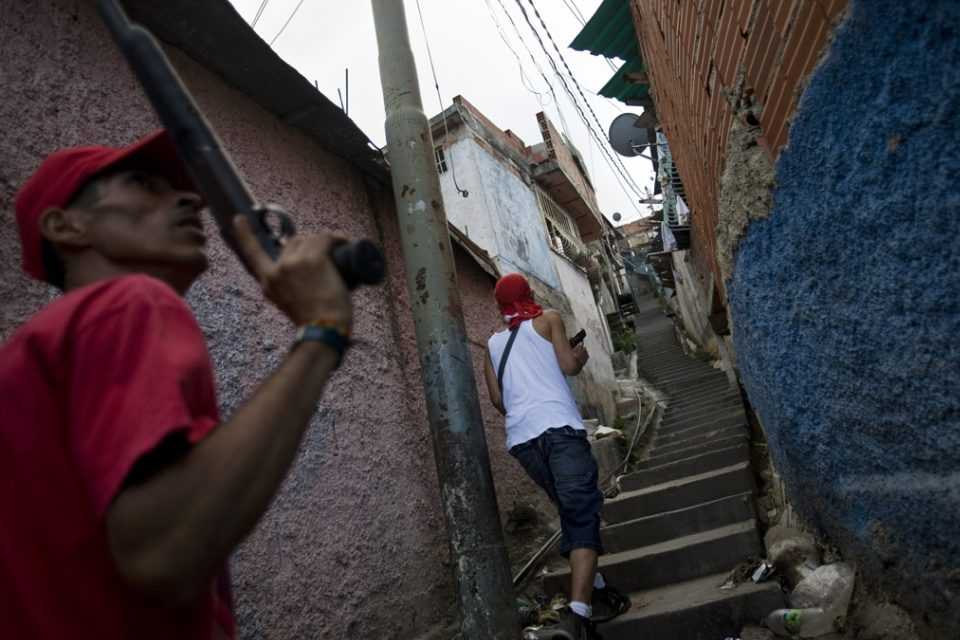In several educational centers in Montevideo, nights and vacations are almost as active as school days. Because outside of school hours —or high school, or UTU— the teaching premises are the target of theft and vandalism.
In the first four months of the year, there was an average of one incident every 18 hours in some of the educational centers in the capital that are monitored by the security plan of the National Administration of Public Education (ANEP). The average almost doubled with respect to the crimes registered in the same period of the previous year and increased sixfold compared to the data from five years ago. And that the count excludes the incidents that are committed during the schedule or the days of class.
Lyceum No. 67, a few meters from the fifth house that José Batlle y Ordóñez had bought, northeast of the Maroñas Racecourse, seems to be plagued by insecurity. On January 27, they broke the supply pipes and some glass. Three days later they tried to steal the lightning rods. More than two weeks later they managed to steal another cable. The next day the fire hose was removed. Then the underground cables broke the sensor and in March the tank was depleted.
Each of these incidents cost the Administration thousands of pesos. Even more so if it is multiplied by almost 50 thefts inside different educational centers, 60 in outdoor areas and more than 40 acts of vandalism in just four months – two months of summer vacations and one in which there was the Easter break).
That is why in the Accountability project that the ANEP sent to Parliament, it requests the modification of the Infrastructure Fund. Specifically, article 15 states: “The use of up to 25% of the Infrastructure Fund (…) is authorized to finance the acquisition of furniture and equipment, the contracting of comprehensive cleaning services and surveillance for educational centers” .
The counselor Juan Gabito had explained that the acts of vandalism and theft “not only imply the disbursement of a lot of money that could be used for educational issues, but also affect the normal functioning of the educational center.”
For example: between the payment of police services 222, the installation of alarms and the placement of bars, the ANEP spent, in the year prior to the pandemic, $549 million (almost US$16 million at the time, and practically 2% of the annual budget of all Primary).
In the first year of the new administration, the president of Codicen, Robert Silva, entrusted the councilors to think of names of suitable people to lead the restructuring of the security plan. It was thus that in November the name of Johnny Trías, former deputy police chief of Canelones, and who made the reports, emerged.
In this 2022 the matter climbed to the highest level of the Ministry of the Interior. The Montevideo teachers’ union (Ademu Montevideo) had requested an urgent meeting with Minister Luis Alberto Heber due to the increase in violence. A few weeks later there were two shootouts in two different neighborhoods: a stray bullet entered a classroom (no one was injured) and in another area a police chase ended at the entrance of a school.
Six out of ten school directors consider it “likely” or “very likely” that robberies occur near institutions. The data comes from the survey carried out by the National Institute for Educational Evaluation (Ineed) in each edition of the Aristas tests.
In the schools with the most critical contexts, most of the directors consulted considered it “likely” or “very likely” that attacks would occur in which someone would be seriously injured or killed in the school environment.

















